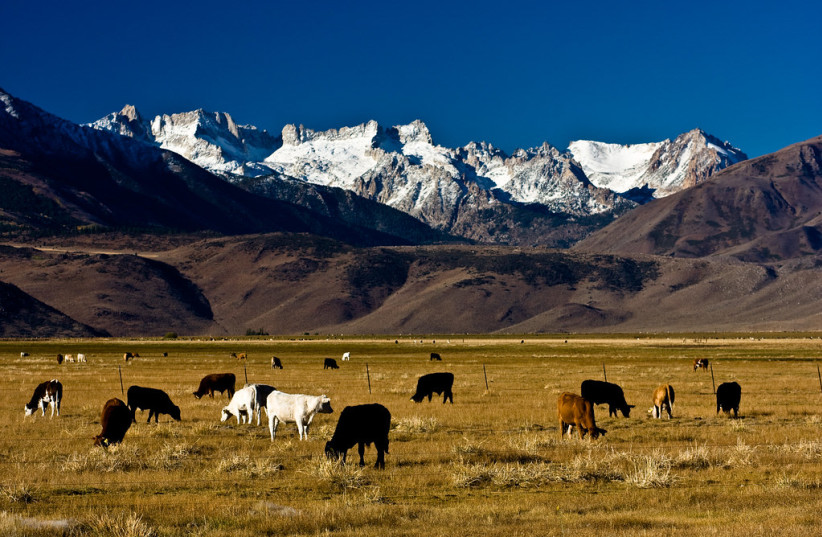How Israel transformed from a desert to the land of milk of honey that God promised in the Bible.

The Torah describes the land of Israel as “flowing with milk and honey” 14 times, according to Sefaria – a phrase that has become connected to God’s promise to return the Jews to Israel.
The same representation of freedom and new life has also made its way into Christian traditions. In Apostolic Christian traditions, for example, offering a baby a sweet mixture of milk and honey at baptism was a part of the baptismal rite.
Milk was referring to goat’s milk and honey to silan, a thick and sweet date syrup that is one of the seven species native to Israel.

Today, this promise has been actualized in modern Israel. But the land was not flowing with milk and honey when the first Jews arrived.
Before the Jewish people settled Israel in what some consider a “prophetic” return to the land, with the first large-scale aliyah beginning by 1882, it was a desert.
Mark Twain, in his 1869 travelogue Innocents Abroad, described the land as “desolate,” “unpicturesque” and “unsightly.” He also wrote that “Palestine sits in sackcloth and ashes…. desolate and unlovely.”
Even in the Bible, in Jeremiah 25:11 and the Book of Lamentations, it states that “this whole land shall be a desolate ruin.”
These depictions are quite different from what visitors see when they come to Israel in 2022, where even in the Negev Desert, modern agriculture practices have turned sand into rich soil, ripe with cherry tomatoes, citrus and other fruits and vegetables – “the opposite to the desertification trend which much of the rest of the world is battling to prevent,” according to the Tourism Ministry.
In Tel Aviv, Milk and Honey (M&H) Distillery took its name from this ancient phrase.
“We thought it a fitting name because it references the abundance of resources and possibility of the land of Israel, and our whisky is yet another product of this rich country,” Rebecca Montag of the M&H Distillery Visitor’s Center told The Jerusalem Post.
Like much of Israel itself, the distillery creates new takes on traditional practices, namely, the Scottish practice of distilling and maturing single malt whisky using cooper stills and oak barrels.
The distillery even has the only kosher sherry cask whisky in the world – they flew out a Barcelona rabbi to kasher a winery where sherry originates, in Jerez, Spain. But despite the name, Montag related, no honey or flavoring is added to their whiskeys.
“Our distillery is very much a startup in the Tel Aviv style,” he said. “We were founded by a group of innovators who wanted to bring a new idea to Israel and have since integrated into the startup environment of Tel Aviv. We are also frequently trying new things with our whisky from aging in barrels that come from less traditional sources and maturing our whisky in interesting locations like the Dead Sea.”
Aside from an actualized promise, a Baptismal treat, and the rise of Israel’s fertile soil and innovation, the phrase “a land of milk and honey” can also be understood from a spiritual perspective.
According to Rabbi Julie Zupan, the phrase can be understood as both a physical description of the land and a spiritual metaphor. In the Book of Exodus (3:8), for example, the word for Egypt in Hebrew, mitzrayim, as Zupan points out, means “narrow places.”
“In other words, a life of slavery is constricted and oppressive, while living in freedom in Israel is wide and spacious,” Zupan writes. “A land so fertile that it flows with milk and honey stands in contradiction to the place of oppression.
“Perhaps the promise is of nourishing food, or perhaps the promise is for spiritual nourishment,” she continued. “Or, perhaps, the promise is for both.”
Content retrieved from: https://www.jpost.com/christianworld/article-696563.